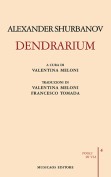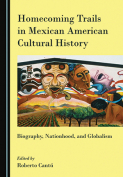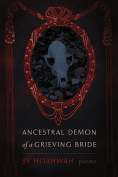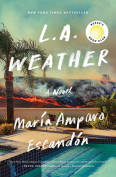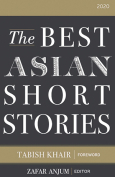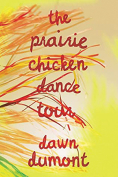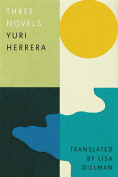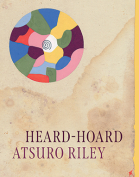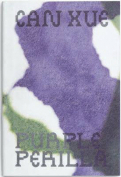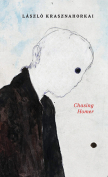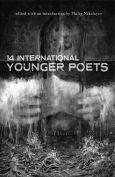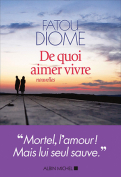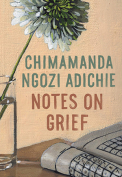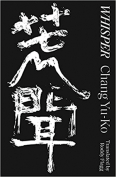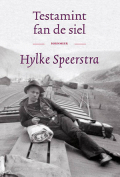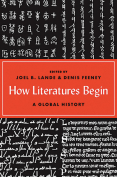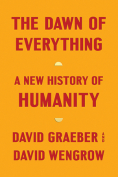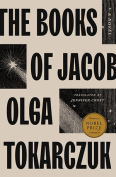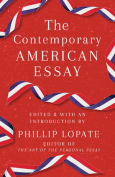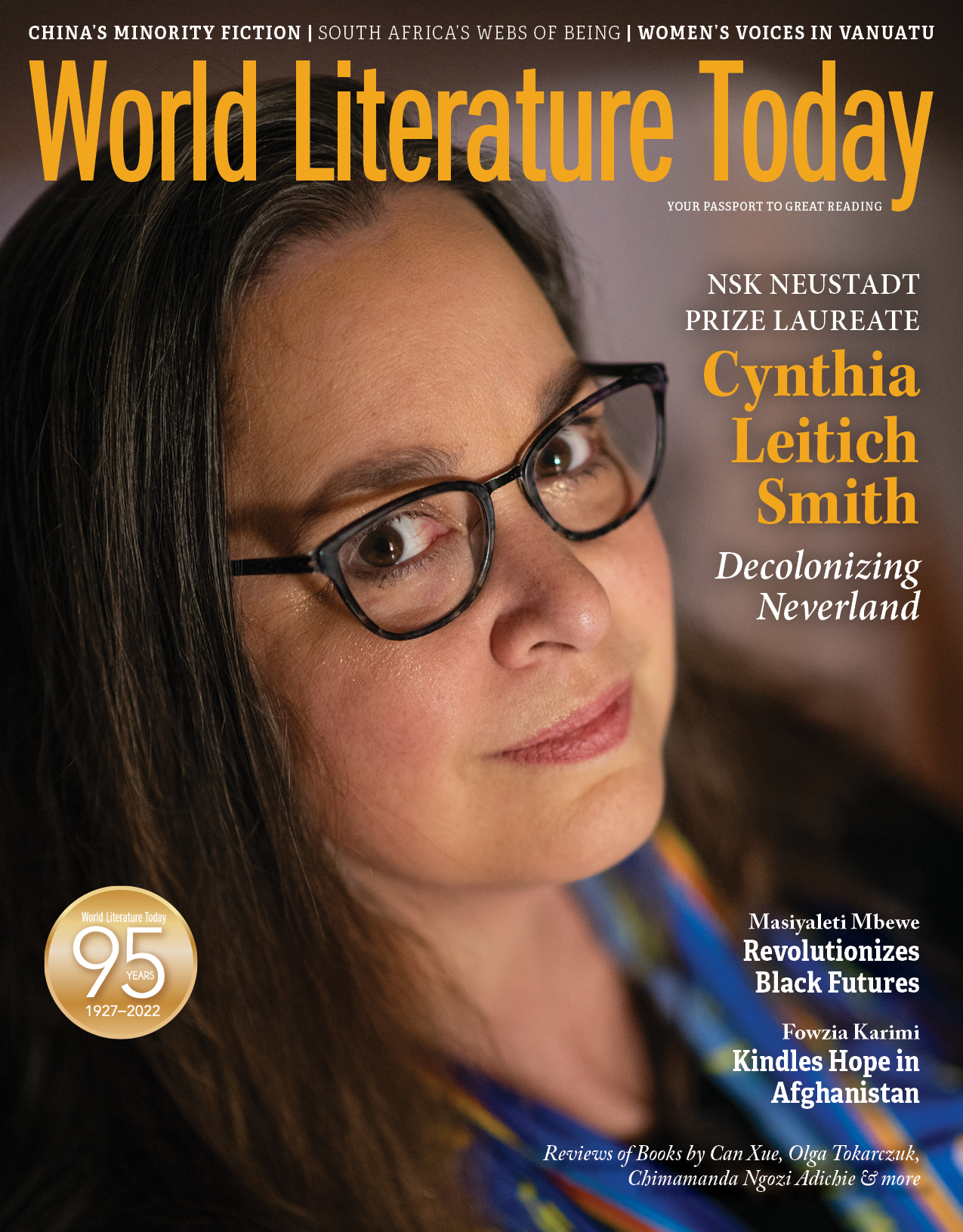Purple Perilla by Can Xue
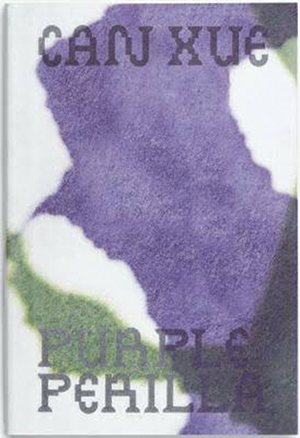 New York. Common Era. 2020. 148 pages.
New York. Common Era. 2020. 148 pages.
CAN XUE’S Purple Perilla includes three short stories that immerse readers in a world where reality and absurdity collide. In “An Affair,” the peaceful yet bland life of a primary school teacher in her midthirties is suddenly disrupted by an anonymous love letter, and her ensuing adventure turns out to be both physical and spiritual. While the teenage boy in “Mountain Ants” is entrusted by an old beggar to retrieve and safeguard a lost world where humans and ants can live together, the kid in “Purple Perilla,” the title story, encounters five wolves in hallucinations and decides to live in the hills permanently. With Can Xue’s concise, energetic narrative, and the excellent translation by Karen Gernant and Chen Zeping, these stories, in spite of their totally different settings and plots, constitute a relay of spiritual rebellions allowing all the protagonists to reconsider the meaning of life and the possibility of self-redemption.
For many commentators, it is almost irresistible to compare the style of Can Xue’s fiction with the works of Franz Kafka and Italo Calvino. In this collection of short stories, readers can still identify some fundamental themes recurring in modernist literatures: alienation, the separation between nature and the civilized world, and the lingering confusion about the meaning of existence. A revisit to these ahistorical, universalist questions in the (post)pandemic era seems timely, for Can Xue adds a touch of idealistic optimism to her characters’ seemingly irrational adventure. The sense of absurdity oozing from all the stories does not imply a total surrender to loneliness and meaninglessness. On the contrary, a quiet stream of energy to undertake “little revolutions” in everyday life, though presented in a self-restrained tone, can be clearly detected in all three protagonists’ internal monologues.
Can Xue’s works are well known for their obscurity, and this Isolarii collection is no exception. While the language is simple and straightforward, its multilayered narrative structure poses a challenge to prospective readers. As a work of translation, elements of Chinese tradition and mythology occasionally pop up in its settings and plots but prove to be no cultural obstacle for international readers to empathize with the characters throughout their adventures. Still, readers may benefit from rereadings of the texts, for these stories, in a sense, can be seen as a literary experiment. After witnessing the characters’ “accidental” involvement in the confrontation between human and nature, readers are encouraged to ask themselves: after absorption into an endless monotonousness and loneliness, is it still possible for them to invoke the impulsion to break away, even just temporarily, from the repetition of sameness in daily life?
Siyu Cao
Shanghai International Studies University
